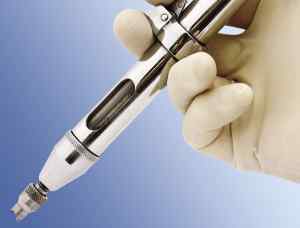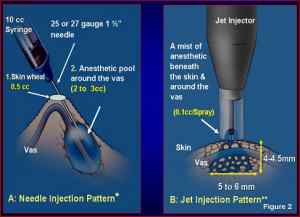Dear Men,
We came up with Ten Reasons to support World Vasectomy Day as a way to explain the spirit behind our event, but we want to make sure that every one of you who decides to get a vasectomy, either during WVD or any point in the future, does so because it is the right option for you.
First – as valuable as it may be to make a positive contribution to the world, the decision to have a vasectomy is highly personal and dependent on your individual circumstances. We must emphasize the importance of taking the time to seriously consider whether you are in fact ready to take this step. Even though the decision is yours, we encourage you to talk it through with trusted friends as well as other men who have had a vasectomy.
Second – vasectomy should be considered as a permanent form of birth control. Reversals are possible, but not only are they much more expensive than a vasectomy, success is not guaranteed.
Third – while we live in a world where an 18 year old is considered old enough to die or kill for his country, it is likely that this same young man would be questioned and even counseled against getting a vasectomy. And while there are some men who feel sure at a very young age that theyʼll never want to be a father, statistically, some of those men will end up changing their minds. WVD does not have a position on what the minimum age should be to get a vasectomy. However, if you are a young man, or a man who has never had a child, you might consider freezing some of your sperm!
Fourth – while a young man may feel certain he wants to have a vasectomy, it might not be a service that a particular physician or a clinic feels comfortable doing. This decision is not necessarily a moral judgment, but a reflection on what he or she believes is in the best interests of that patient.
Fifth – and of great importance – although the vast majority of men who have a vasectomy are satisfied with the procedure, and most of their female partners are grateful to no longer have to worry about taking ultimate responsibility for birth control, there is a small percentage of men who might regret their decision. This may be due to changes in their lives, their family, negative psychological reactions, or complications that include long-term pain.
Serious complications can occur in about 1-2% of cases. If you suffer from pain, your pain is not a statistic, but a very serious issue. We share this information because itʼs critical each patient is fully informed about the procedure and the full range of possible consequences. Furthermore, we believe that continued research is needed in this area and we fully support any and all efforts to do so.
Sixth – if you or your partner is non-monogamous, you should wear a condom. A vasectomy does not protect you from sexually transmitted diseases.
Seventh – for those who say ʻgetting a vasectomy makes you less of a manʼ, we say, thereʼs nothing manly about getting a woman pregnant when itʼs not what you want or not having sufficient resources to care for your child in a way that reflects what you value.
Eighth – while the biggest fear for many men is that a vasectomy will have an adverse effect on their capacity to give or receive sexual pleasure, the good news is, eliminating fear of pregnancy might actually improve your sex life!
In conclusion, vasectomies may not be right for every one, but for men:
1. who are certain they donʼt want any or more children
2. whose families are complete and
3. that are certain theyʼre going to be sexually active with women who are still fertile vasectomy is a very good option.
Regardless of whether or not you choose to have a vasectomy, on World Vasectomy Day or any other day, please take the time to consider all of the above points.
Sincerely,
Jonathan Stack, Co-founder
World Vasectomy Day











 NSVI group after lectures at Southwestern University[/caption]
NSVI group after lectures at Southwestern University[/caption]










